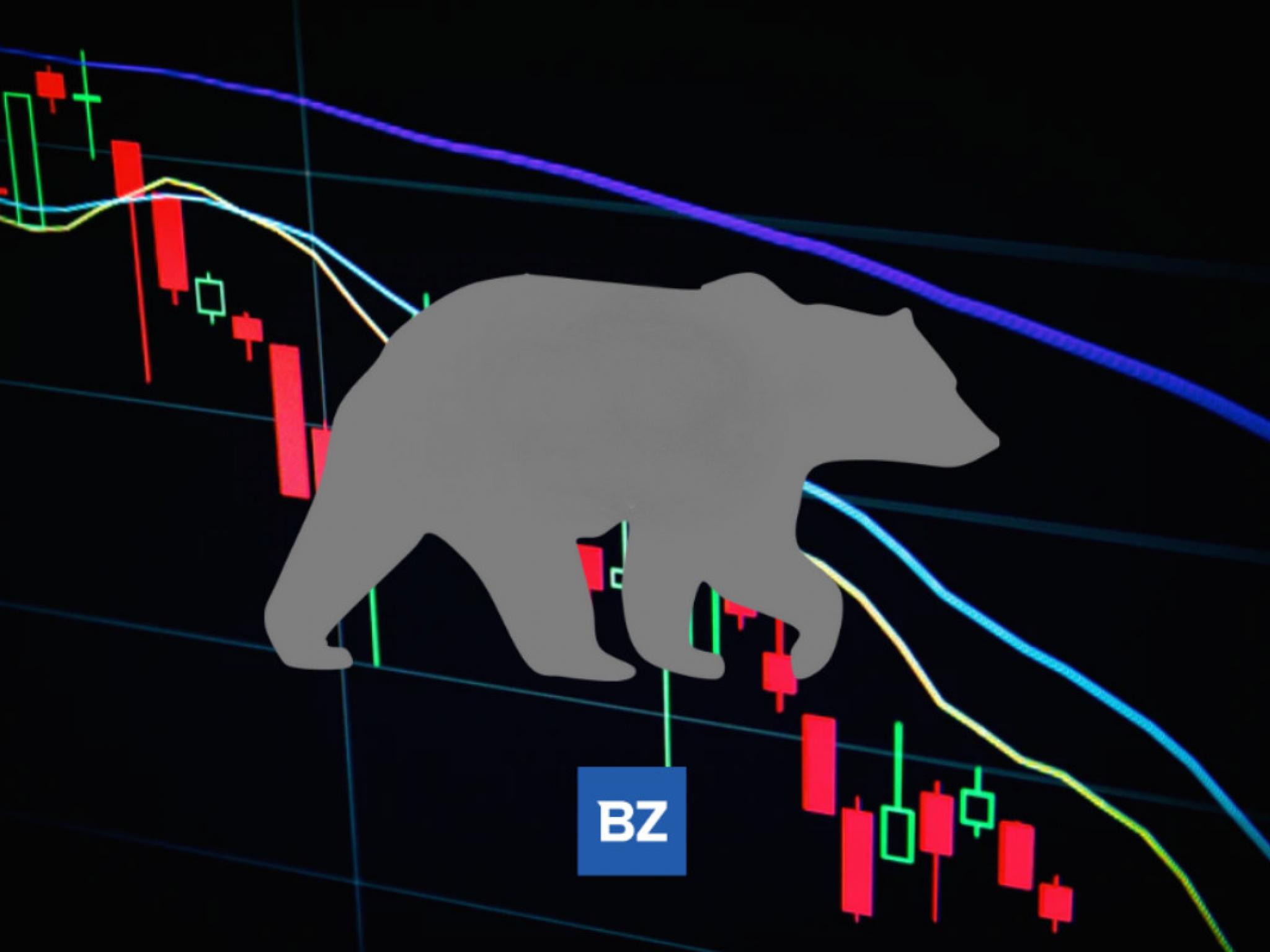
A majority of Benzinga readers, 63.5%, expect the S&P 500 to hit a new low in September, according to a recent survey. More than 36% say it won't.
The feedback comes as recession fears escalate on the heels of Tuesday's massive sell-off — the worst since June 2020. It's no surprise that some big-name investors are especially bearish as of late.
Read on to hear the latest "crash commentary" from the likes of Michael Wilson, Michael Burry, Jeffrey Gundlach, Scott Minerd and Jeremy Grantham.
See Also: Markets Are Heading Towards A Bigger Downturn, Options Trading Suggests
Fire & Ice: Part Deux
Recall earlier this month when the S&P 500 index extended its losses to three straight weeks? Wilson, a Morgan Stanley equity strategist, blamed the Federal Reserve.
“With the Fed emphatically dashing hopes for a dovish pivot, we think that asset markets may be entering 'fire and ice part deux,'" he said.
In contrast to part one, the decline in stocks would come mostly via a higher equity risk premium and lower earnings, Wilson added. He also correctly predicted that the decline in S&P 500 earnings was far from over.
“In short, part deux will be more icy than fiery," he said. "The opposite of 1H22.”
Burry Too Bearish? Nope.
The “Big Short” investor took an extremely bearish stance during the third quarter when he jettisoned stakes in 12 companies: Alphabet Inc Class A (NASDAQ:GOOGL), Apple Inc (NASDAQ:AAPL), Booking Holdings Inc (NASDAQ:BKNG), Bristol-Myers Squibb Co (NYSE:BMY), Cigna Corp (NYSE:CI), Warner Bros Discovery Inc (NASDAQ:WBD), Global Payments Inc (NYSE:GPN), Meta Platforms Inc (NASDAQ:META), Nexstar Media Group Inc (NASDAQ:NXST), Ovintiv Inc (NYSE:OVV), Sportsman’s Warehouse Holdings Inc (NASDAQ:SPWH) and Stellantis NV (NYSE:STLA).
Burry shared his beliefs back in August: “Nasdaq now up 23% off its low. Congratulations, we now have the average bear market rally. Across 26 bear market rallies from 1929-1932 and 2000-2002, the average is 23%. After 2000, there were two 40%+ bear market rallies and one 50%+ rally before the market bottomed.”
See Also: 'We Have Not Hit Bottom Yet,' Michael Burry Says — What Could Be Next?
Fed Will Choke Off Economic Growth
Gundlach, the founder and chief investment officer of DoubleLine Capital, is worried the Fed will raise interest rates too fast.
The Fed will probably tighten by 75 basis points at its September meeting, Gundlach added, but he prefers 25 basis points.
A 20% Decline In Stocks By Mid-October
Minerd said stocks could be in for another 20% drop by mid-October.
The chief investment officer at Guggenheim Partners based his prediction on S&P 500 Price/Earnings multiple historically trending lower when inflation is higher. The annual change in the core price consumption expenditure index is currently at 4.6% and the S&P 500 is currently trading at 19 times.
Since 1960, P/Es have trended lower when #inflation is higher. With YoY core PCE now at 4.6% and S&P500 trading at ~19x, we should see stocks fall another 20% by mid-October…if historical seasonals mean anything. pic.twitter.com/ZYOgxGXF5e
— Scott Minerd (@ScottMinerd) September 8, 2022
Historically, September and October are the worst time for the market, Minerd later said.
Beware The Superbubble
GMO co-founder Grantham recently warned of significant turmoil ahead.
“Only a few market events in an investor’s career really matter, and among the most important of all are superbubbles,” Grantham said. “These superbubbles are events unlike any others: while there are only a few in history for investors to study, they have clear features in common.”
One of those characteristics is the bear market bounce that occurs during the initial derating stage of the collapse but before the economy has demonstrably started to worsen, as it typically does when superbubbles deflate.
“Prepare for an epic finale," he said. "If history repeats, the play will once again be a tragedy. We must hope this time for a minor one.”
Given all these negative factors, it is unsurprising that consumer and business confidence measures are testing historic lows, Grantham explained.
SPDR S&P 500 ETF Trust (NYSE:SPY) and SPDR Dow Jones Industrial Average ETF (NYSE:DIA) are down 18% and 15%, respectively, year-to-date.
Note: The Benzinga survey was conducted in September 2022 and included the responses of a diverse population of adults 18 or older. Opting into the survey was completely voluntary, with no incentives offered to potential respondents. The study reflects results from more than 600 adults.







